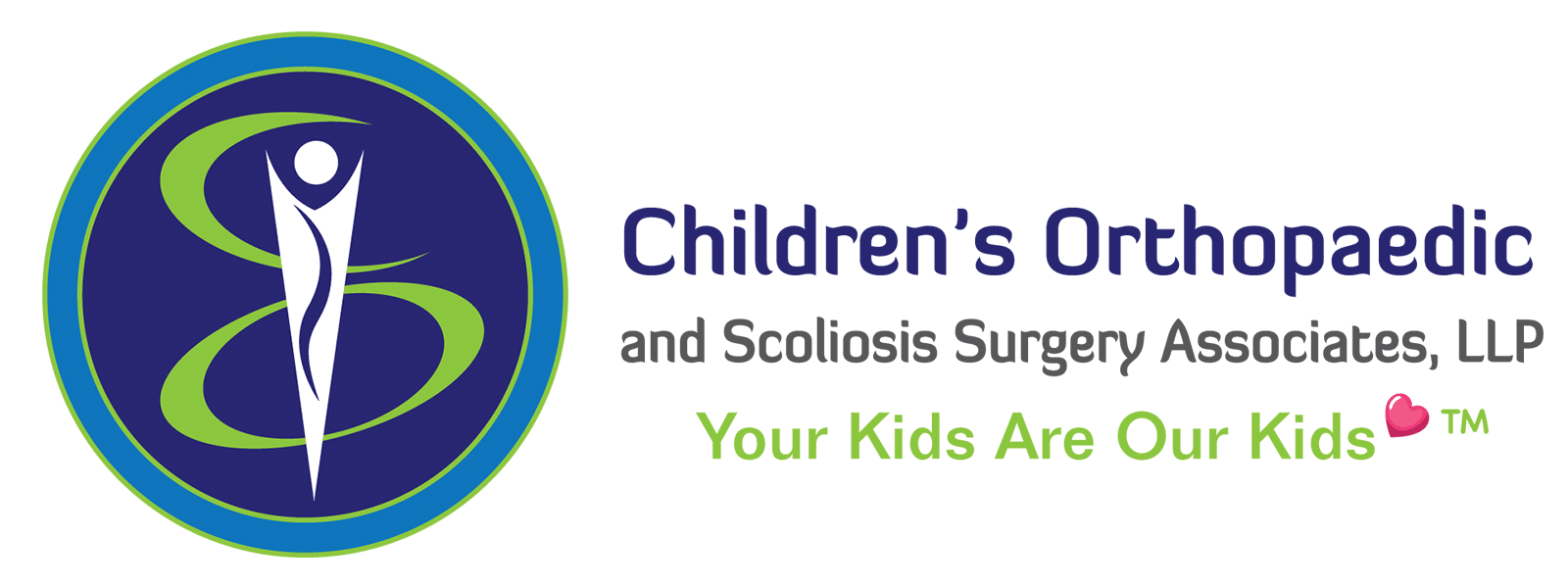Specialties
- Scoliosis
- Kyphosis
- Sports Medicine
- Fractures & Trauma
- Congenital Deformities of the Hands and Feet
- Hip Preservation
- Hand & Upper Extremity
- Foot & Ankle
- Common Complaints
- Neuromuscular Disorders
- Cerebral Palsy Treatment
- Hip Subluxation & Dislocation in Children with Cerebral Palsy
- Foot Deformities in Cerebral Palsy Patients
- Rotational & Gait Abnormalities Caused by Neuromuscular Conditions
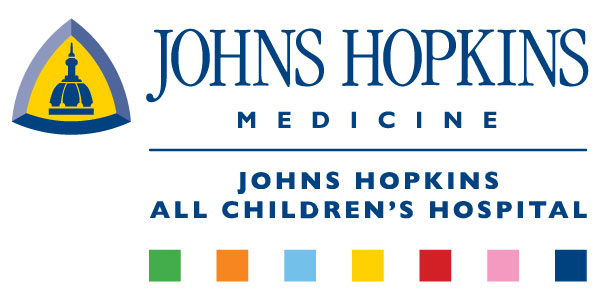
Specialists
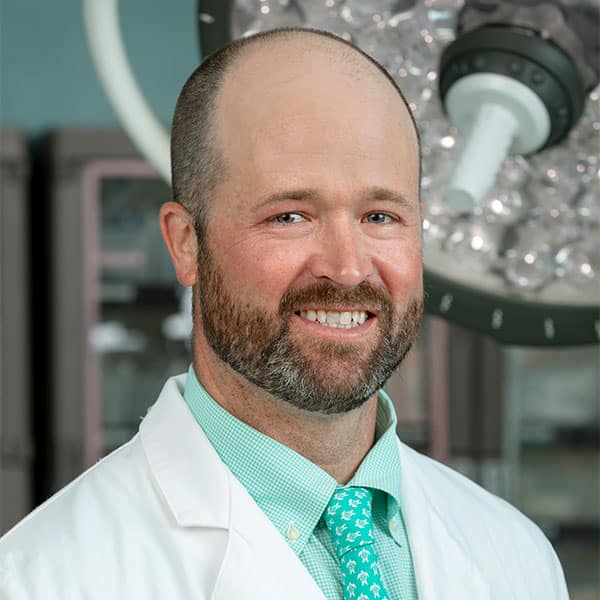
Drew E. Warnick, MD
Board Certified Orthopaedic Surgeon
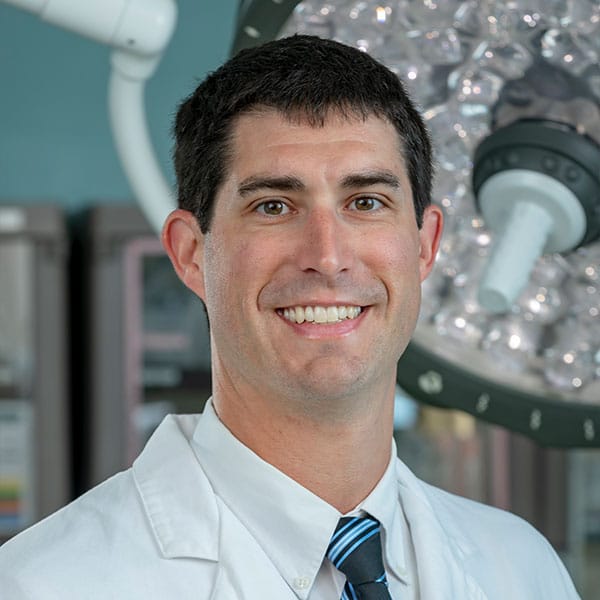
Daniel C. Bland, MD
Board Certified Orthopaedic Surgeon

Lee G. Phillips, MD
Board Certified Orthopaedic Surgeon
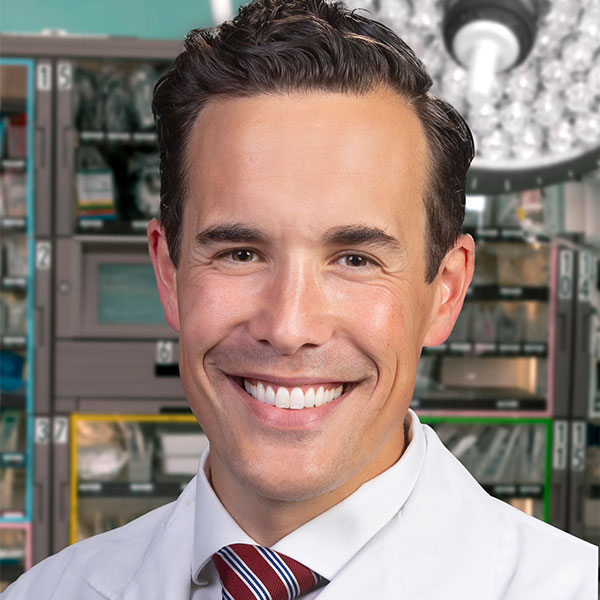
Ryan E. Fitzgerald, MD
Board Certified Orthopaedic Surgeon
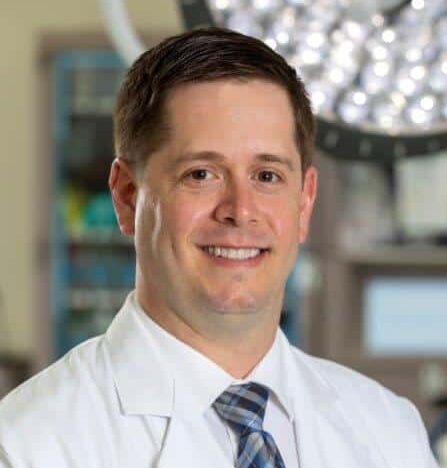
Brian R. Piazza, MD
Board Certified Orthopaedic Surgeon
Congenital Deformities of the Hands and Feet
Congenital anomalies are often referred to as defects that are present at birth. They may or may not be genetic. At Children’s Orthopaedic, we understand how critical the hands and feet are to your child’s development of motor skills, ability to move around and complete daily tasks, and overall development.
Children’s Orthopaedics’ skilled, board certified physicians provide the latest and most accurate treatment options for children and adolescents, for both surgical and non-surgical cases. Because children are still growing, care has to be taken in treatment to assure the best possible outcomes in regards to long-term health and bone growth. Our team for congenital hand and foot deformities includes Dr. Drew Warnick, Dr. Lee Phillips, Dr. Daniel Bland, and Dr. Ryan Fitzgerald.
Congenital Hand Deformities Treated at Children’s Orthopaedic
Our specialists treat the following congenital hand abnormalities:
- Syndactyly (webbed fingers) – Some or all of the fingers may be webbed. In some cases, webbing may be limited to just the skin. In other cases, the structures of the hand, like nerves, tendons, bone, and blood vessels may be involved as well.
- Polydactyly (extra fingers) – Polydactyly may present as a fully-functioning extra finger, a partial extra finger with bones, or an extra lump of tissue without bones. There is often a hereditary component to this condition.
- Symbrachydactyly – With this condition, fingers are short and webbed or joined together. Some or all of the fingers are typically underdeveloped or missing. The structures of the hand, including the bones, muscles, nerves, ligaments, and tendons are often affected by this condition.
- Macrodactyly (abnormally large fingers) – Macrodactyly occurs when there is an overgrowth of the bones and soft tissue in the finger. In some cases, the affected finger(s) will grow at a faster rate than the other fingers.
- Amniotic Band Syndrome (constriction ring syndrome) – This condition occurs when the fibrous bands of the amniotic sac wrap around the hands of the developing fetus. This can cause indentations around the finger or limb, and in more serious cases can cut off blood flow or prevent proper growth.
- Radial Hand (club hand) – With a radial hand, or club hand deformity, the radius (the bone on the inner side of the forearm) is smaller than it should be, or in some cases, completely missing. This causes the wrist to bend inward on the side of the thumb. It may also involve imbalanced or missing muscles or nerves.
- Trigger Digits – The tendons in the fingers pass through tunnels called tendon sheaths; in a normal finger, the tendons glide through the tunnels smoothly when bending and straightening the finger. Trigger fingers or thumbs occur when the tendons become enlarged and are unable to pass through the tendon sheath. This may result in a “pop,” click, or pain when trying to straighten the finger. In more severe cases, the finger or thumb cannot be straightened on its own.
- Limb Dysplasia or Deficiency – This can include conditions that cause abnormally short hands, overgrowth of part or all of the hand/extremity, short limbs, missing, or incomplete limbs
Birth Hand Deformity Surgery Performed by Our Surgeons
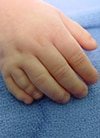
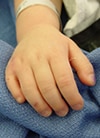
Congenital Foot Deformities Treated by Our Specialists
At Children’s Orthopaedic, our surgeons treat several congenital foot deformities, including the following:
- Club Foot – Club foot is a condition in which the foot is twisted out of position, usually turned inward at the ankle. It occurs when the tendons connecting the muscles to the bone are shorter than they should be.
- Vertical Talus – With this condition, the talus (a small bone between the heel and lower leg bones) forms in an incorrect position. This causes the other bones in the foot to line up incorrectly so that the front of the foot points upward and the bottom of the foot is stiff and stiff and has no arch. Sometimes, the bottom of the foot actually curves outward.
- Tarsal Coalition – Tarsal coalition occurs when two or more of the seven tarsal bones in the back of the foot fuse together, causing the hindfoot to become stiff and painful. While this condition usually begins before birth, it is often not apparent until early adolescence.
- Polydactyly (extra toes) – Polydactyly in the foot may involve a fully-formed extra toe, or a partially-formed toe. It is one of the more common congenital abnormalities in the foot.
- Macrodactyly (enlarged toes) – Macrodactyly is the result of overgrowth of the bone and soft tissue in the toe. The enlarged toe may grow at the same rate as normal-sized toes, or faster than the other toes.
- Cleft Foot – Cleft foot occurs when the foot does not properly develop in the womb, resulting in missing toes, a V-shaped cleft (split) in the foot, and other abnormalities.
Birth Foot Deformity Surgery Performed by Our Surgeons
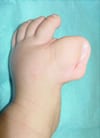
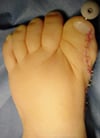
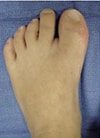
Treating Congenital Hand & Foot Deformities in Tampa Bay: Our Experience and Expertise
Our specialists, Dr. Drew Warick, Dr. Daniel Bland, Dr. Lee Phillips, and Dr. Ryan Fitzgerald, are trained in a variety of surgical and nonsurgical techniques to treat congenital abnormalities of the hands and feet. Each patient is treated on an individual basis, with recommendations based on the condition, individual needs, and the severity of the deformity.
When surgery is indicated, our fellowship–trained pediatric orthopaedic surgeons offer the most advanced and proven techniques in surgery. Surgeries are performed anywhere from 4-6 times per week.
Our expert team is here to guide you through this experience, treating each child as though they were our own. If you would like to schedule an appointment with one of our specialists, please call our office at (727) 898-2663 or request an appointment through our online form.
